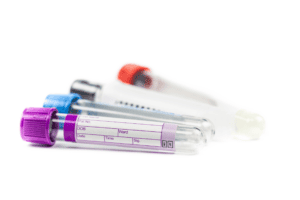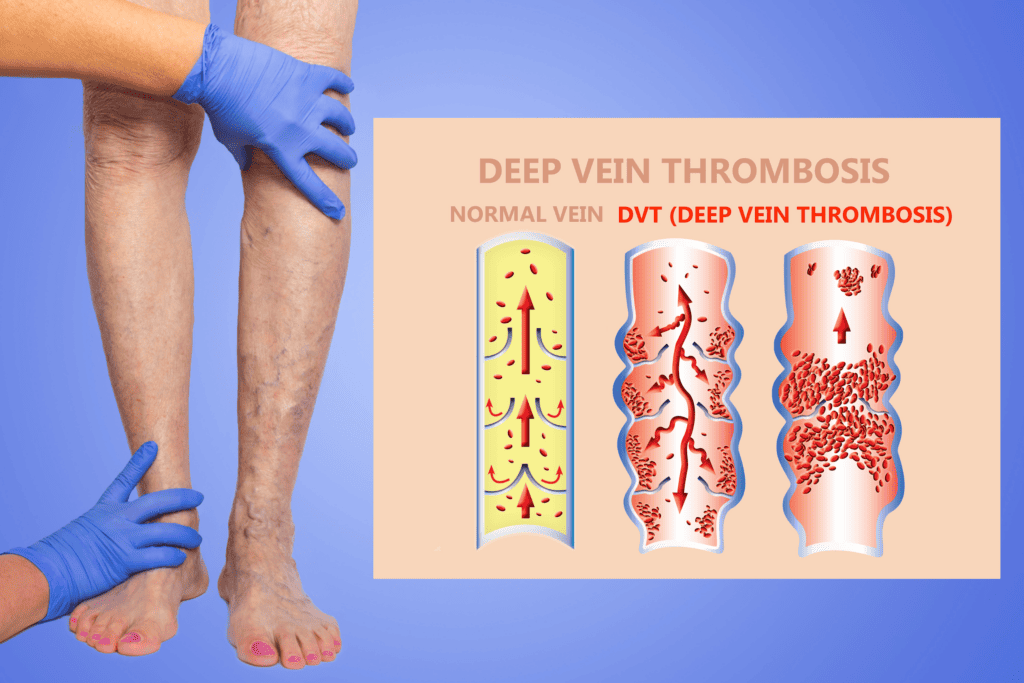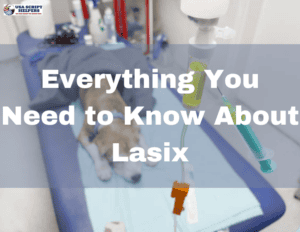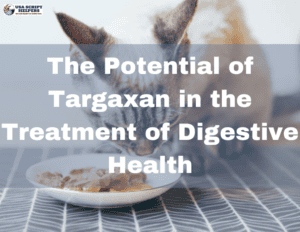When it comes to blood clot disorders in the legs, you may experience swelling, tenderness, and pain. If you observe any of the aforementioned signs, it’s important to pay attention and not dismiss them as normal aches and pains.
A pulmonary embolism, which occurs when a blood clot travels to the lungs, can also cause shortness of breath, chest pain, and coughing up blood. These symptoms should not be taken lightly, and immediate medical attention should be sought.
By being aware of these signs and symptoms, you can take an active role in your health and potentially avoid serious complications. In this article, we will look at the various signs and symptoms of a blood clot so that you can recognize them and seek immediate medical attention.
What is Blood Clot Disorders?
Blood clots, also known as thrombosis, are gel-like masses formed within the blood vessels. They are composed of platelets and fibrin, which are essential components for blood clotting. Blood clots play a crucial role in preventing excessive bleeding after an injury by sealing off the damaged blood vessel. However, when blood clots form inappropriately or excessively, they can lead to serious health complications.
These clots can obstruct blood flow and cause various conditions such as deep vein thrombosis (DVT), pulmonary embolism, stroke, or heart attack. Understanding the risk factors, symptoms, and preventive measures associated with blood clots is essential for maintaining optimal health and well-being.
Blood Clots in the Legs: Swelling, Tenderness, and Pain
If you start experiencing swelling, tenderness, or pain in your legs, it could be a sign of blood clots. Blood clots in the legs, also known as deep vein thrombosis (DVT), can cause these symptoms. Swelling occurs when the blood clot prevents proper blood flow, causing fluid to build up in the affected area. This swelling may make your leg feel heavy and tight.
Additionally, the affected leg may feel tender to the touch, and you might experience pain that can range from mild to severe. The pain may worsen when you walk or stand for extended periods. If you notice any of these symptoms, it’s essential to consult a healthcare professional for an accurate diagnosis and appropriate treatment.

Ignoring these signs and symptoms can be dangerous, as a blood clot can potentially travel to your lungs and cause a life-threatening condition called pulmonary embolism. So, it’s crucial to pay attention to any changes in your legs and seek medical attention promptly.
If you have a history of blood clots or you’re at a higher risk due to factors like surgery, pregnancy, or a sedentary lifestyle, it’s even more important to be vigilant. Remember, early detection and treatment can help prevent complications and ensure your overall well-being.
Pulmonary Embolism: Sudden Shortness of Breath, Chest Pain, and Coughing up Blood
Experiencing sudden shortness of breath, chest pain, or coughing up blood? You might be dealing with a pulmonary embolism.
A pulmonary embolism occurs when a blood clot travels to the lungs and blocks one of the arteries. This can be a life-threatening condition, so it’s important to recognize the signs and symptoms. One of the main symptoms of a pulmonary embolism is sudden shortness of breath. You may find it difficult to catch your breath, even when you’re not exerting yourself. This can be accompanied by a rapid heartbeat and feeling lightheaded or dizzy.
Another common symptom is chest pain. The pain may be sharp and stabbing, and it may worsen with deep breaths or coughing.
Additionally, if you notice any blood in your cough or when you spit, it could be a sign of a pulmonary embolism. This is a medical emergency, and you should seek immediate medical attention if you experience any of these symptoms.
Stroke
A stroke can be identified by the sudden onset of weakness or numbness, difficulty speaking or understanding speech, and a severe headache. If you suddenly find that one side of your body feels weak or numb, or if you experience a sudden loss of coordination or balance, it could be a sign of a stroke.
Additionally, if you have trouble speaking or understanding others, such as feeling confused or slurring your words, it’s important to seek medical attention immediately. A severe headache that comes on suddenly, especially if it’s accompanied by other stroke symptoms, should not be ignored.
Remember, time is of the essence when it comes to strokes, so don’t hesitate to call emergency services if you suspect you or someone else may be experiencing a stroke. It’s crucial to recognize the signs and symptoms of a stroke because prompt medical intervention can greatly improve the chances of recovery. If you or someone around you exhibits any of these symptoms, it’s important to act quickly. Call emergency services right away and provide them with as much information as possible about the situation.
While waiting for help to arrive, try to keep the person calm and comfortable. Don’t give them anything to eat or drink, as they may have difficulty swallowing. Stay with the person until help arrives and follow any instructions given by emergency medical professionals.
Deep Vein Thrombosis
When you have deep vein thrombosis, the affected area may feel warm, look red, or have a bluish discoloration. This happens because a blood clot forms in one of the deep veins in your body, usually in the legs. The warmth and redness occur due to inflammation caused by the clot. The bluish discoloration, known as cyanosis, happens because the clot prevents the normal flow of oxygen-rich blood to the area, leading to a lack of oxygen and a blue tint.
It’s important to pay attention to these signs and symptoms, as they can indicate a serious condition. If you have warm, red, or bluish skin in a specific area, especially if it is accompanied by pain, swelling, or tenderness, it’s crucial to seek medical attention.
Deep vein thrombosis can lead to complications such as a pulmonary embolism, where the clot travels to the lungs and causes a blockage. Prompt diagnosis and treatment can help prevent these complications and ensure your health and well-being.
Seeking Prompt Medical Intervention
Be vigilant and prioritize your health by recognizing and promptly addressing any unusual changes in your body, ensuring that potential issues are addressed before they escalate. When it comes to blood clots, it’s crucial to be aware of the signs and symptoms so that you can seek medical intervention as soon as possible. Blood clots can be life-threatening if left untreated, so it’s important to take any warning signs seriously.
The signs and symptoms of a blood clot may vary depending on its location. However, some common indicators include swelling, pain, and tenderness in the affected area. You may also notice warmth, redness, or bluish discoloration in the surrounding skin.
Additionally, if you experience sudden shortness of breath, chest pain, or coughing up blood, it could be a sign that a blood clot has traveled to your lungs, which requires immediate medical attention.
It’s important to note that this article isn’t a substitute for medical advice, and if you suspect you have a blood clot disorders, you should consult a healthcare professional immediately. By being proactive and taking action, you can ensure your health and well-being.


















